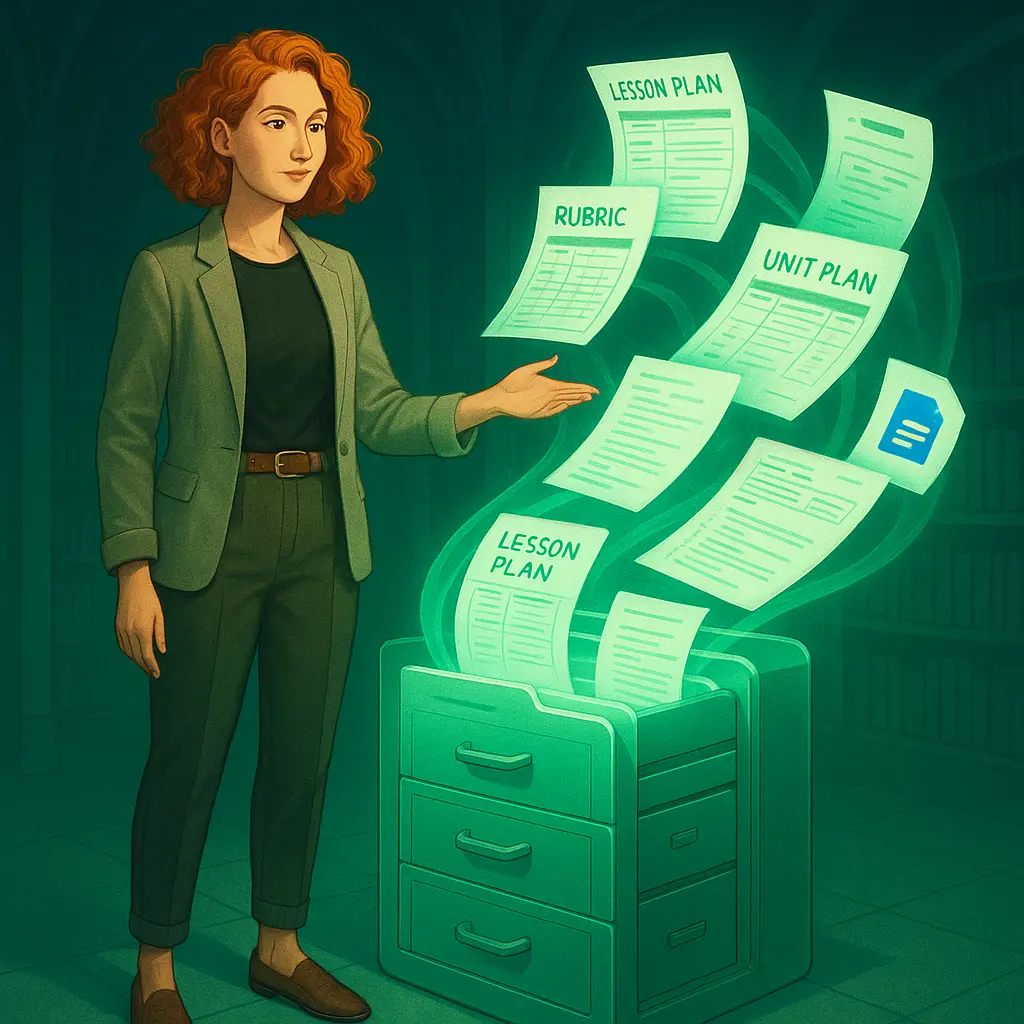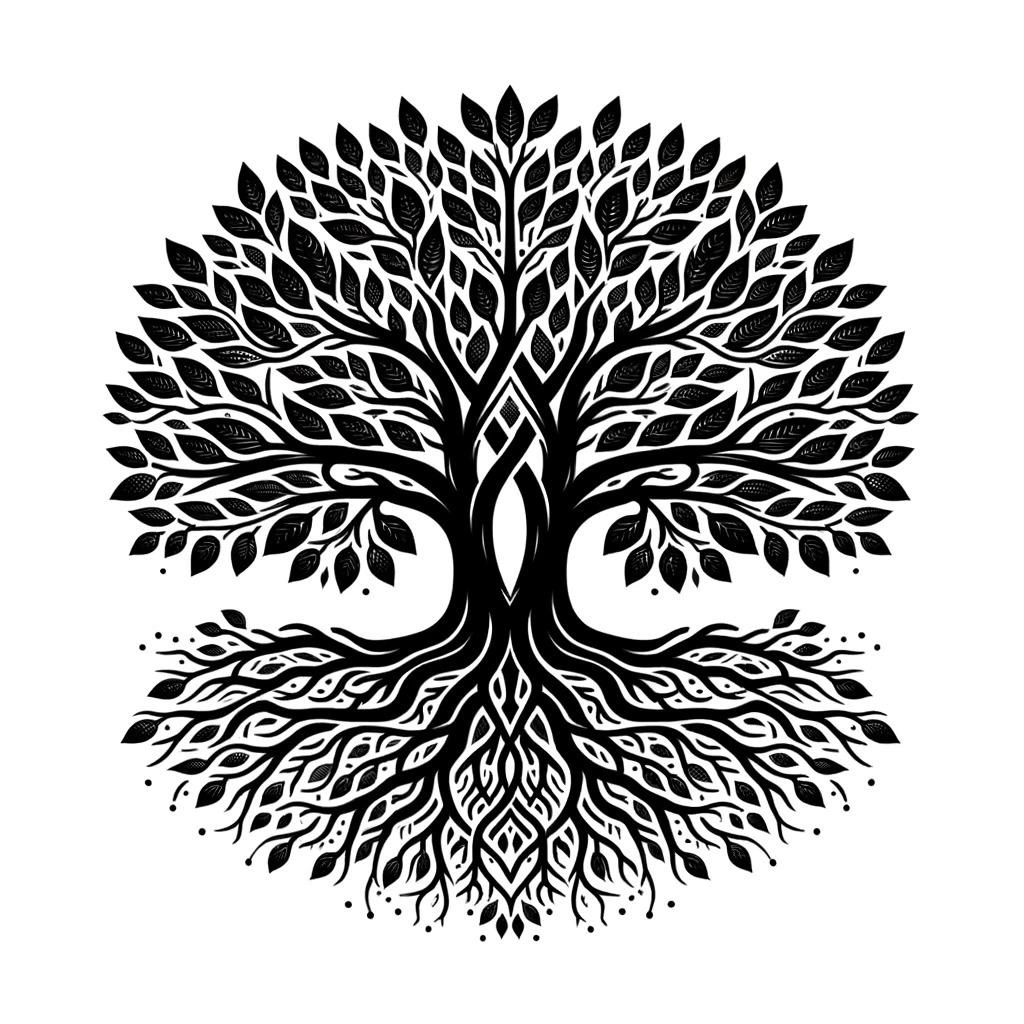Documents: Your Teaching Knowledge Base
Build a searchable library of teaching materials that your AI agents can reference - import from Google Drive, create with AI assistance, or write your own.

Every great teacher builds a collection over time - the unit that finally clicked, the rubric that actually works, the differentiation strategy that saved November. Your best teaching materials shouldn't disappear into the digital void or get recreated from scratch every year. TeamTeacher Documents turn your resources into a living library - organized, searchable, and accessible to your AI agents whenever you need them.
Building Your Document Library
Import what you already have
Your Google Drive already contains years of teaching materials - unit plans, assessments, successful lessons, curriculum maps. Import them directly into TeamTeacher. No need to start from scratch when you've already created valuable resources.
Create new materials with AI assistance
Ask any TeamTeacher agent to generate a lesson plan, assessment rubric, or differentiation strategy. When it's working well, save it as a document. Every AI-generated resource that proves useful joins your library, ready to reference and build on later.
Write and organize your way
Use our markdown editor to create documents by hand - planning notes, curriculum maps, teaching reflections, whatever you need. Organize everything into folders by unit, course, grade level, or however your brain works. The structure serves you, not the other way around.
Your library grows as you teach
Every document saved - whether imported, AI-generated, or written from scratch - becomes part of your searchable knowledge base. The collection builds naturally as you work, no special effort required.
Using Your Documents
AI agents can search your library
When you're working with Minerva on a new assessment, she can search your past assessments to understand your style and expectations. When you ask Diane for differentiation strategies, she can reference the unit materials you've already created. Your AI assistance gets more useful as your library grows because agents work with your actual materials, not generic templates.
Folder-based context
Organize related documents into folders - everything for your Grade 8 poetry unit, all your MYP Year 3 assessments, your parent communication templates. Start a conversation inside that folder and your AI agent automatically has access to everything there. No re-explaining context, no hunting for files.
Manual document selection
Need to pull specific documents into a conversation? Open the Context panel and add exactly what you want your agent to reference - that successful unit from last year, your preferred rubric format, the differentiation strategies that worked.
Seamless export to Google Docs
Create or refine content in TeamTeacher, copy it, paste it into Google Docs - your formatting stays intact. Tables remain tables. Lists stay organized. Headers keep their hierarchy. Go from AI-assisted creation to ready-to-use materials without cleanup time.
Build on past work
Reference your unit plan from last year while creating this year's version. Pull up successful assessments when designing new ones. Your teaching practice builds on itself instead of starting over. Every semester gets easier because your library grows.
What Teachers Use Documents For
Unit planning: Save comprehensive unit plans and reference them across multiple conversations - for assessment design, differentiation strategies, extension activities. Your agent knows what you're teaching without re-explaining every time.
Assessment creation: Build a library of past assessments. When creating new ones, your agents can reference your rubric language, your question style, your expectations for student work.
Curriculum mapping: Import scope and sequence documents. Every conversation about curriculum has access to your actual teaching timeline and standards alignment.
Resource templates: Create and save templates for newsletters, permission slips, parent communication, assignment sheets. Adapt instead of recreating.
Professional documentation: Draft and refine IEP contributions, accommodation plans, professional development reflections. Build on your past writing instead of facing blank pages.
Getting Started
- Import or create - Bring in existing materials from Google Drive or create your first document
- Organize into folders - Group by unit, course, or whatever structure fits your teaching
- Start using them - Begin conversations in folders for automatic context, or manually add specific documents when needed
- Let your library grow - Save materials as you create them; your knowledge base builds naturally
Your teaching knowledge base grows as you work. Every document saved is a resource you can build on, reference, and reuse. This is how AI should support teachers - working with your materials, understanding your practice, building on what you've already created.

